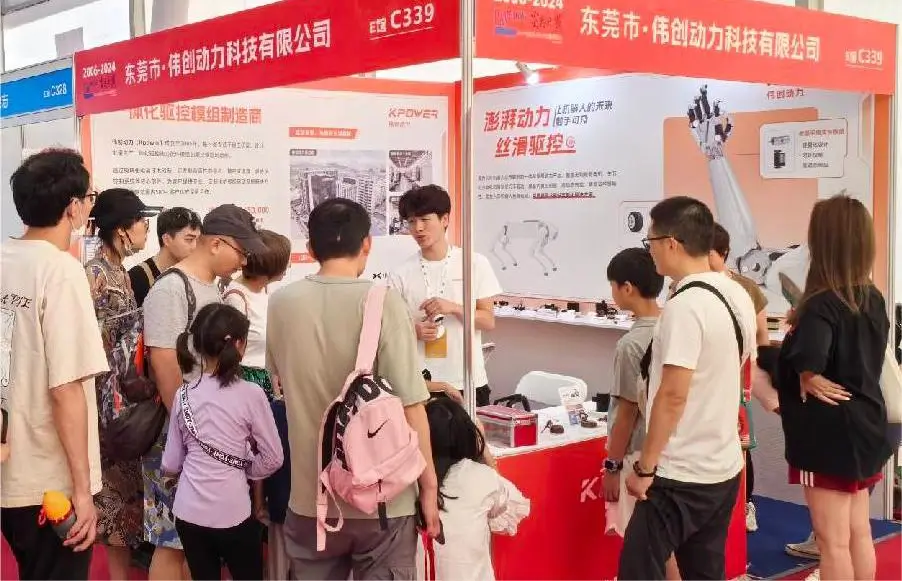Imagine building a giant Lego castle. Each block represents a piece of your application, and traditionally, you’d assemble them into one massive structure. But what if some parts need fixing or upgrading? That’s where microservices come into play. Instead of having one huge, monolithic castle, microservices break everything down into smaller, manageable parts—each doing its own thing independently. It’s like having separate Lego towers, walls, gates, and bridges all working together, but each one can be built or repaired without disturbing the others.

Now, integrating that concept into Java makes it even more powerful. Java's a favorite because it’s robust, scalable, and flexible enough to handle complex microservices architectures. Instead of writing a massive application, developers bite off tiny, focused chunks called microservices—like a payment module, user authentication, or inventory management. This modular approach not only boosts efficiency but also simplifies maintaining and updating the application.
You might ask—what real-world benefits does this bring? Well, imagine updating the payment system. With microservices, you just swap out that piece—no need to redeploy the entire app. It reduces downtime and makes updates more seamless. For companies aiming at rapid deployment cycles or needing to scale specific features on demand, this is a game-changer.
Java plays a significant role here with frameworks like Spring Boot, which streamline creating microservices. It’s like having a toolkit that makes building each smaller piece straightforward and predictable. Plus, Java's strong typing and mature ecosystem add a reliable backbone to microservices, screwing everything together smoothly.
Some of you might wonder—“Is this too complex?” It’s a fair point. Microservices demand a good grasp of distributed systems and data handling. But with the right approach, it’s manageable. The benefits far outweigh the challenges—think faster development, easier maintenance, and scalability that grows with your needs.
In the end, adopting microservices in Java is about creating a flexible, resilient application architecture—one that adapts, scales, and evolves. Whether you’re running a small startup or a huge enterprise, this approach can redefine how software is built and maintained. It’s not just about code; it’s about making technology work smarter, not harder.
Established in 2005, Kpower has been dedicated to a professional compact motion unit manufacturer, headquartered in Dongguan, Guangdong Province, China. Leveraging innovations in modular drive technology, Kpower integrates high-performance motors, precision reducers, and multi-protocol control systems to provide efficient and customized smart drive system solutions. Kpower has delivered professional drive system solutions to over 500 enterprise clients globally with products covering various fields such as Smart Home Systems, Automatic Electronics, Robotics, Precision Agriculture, Drones, and Industrial Automation.




































